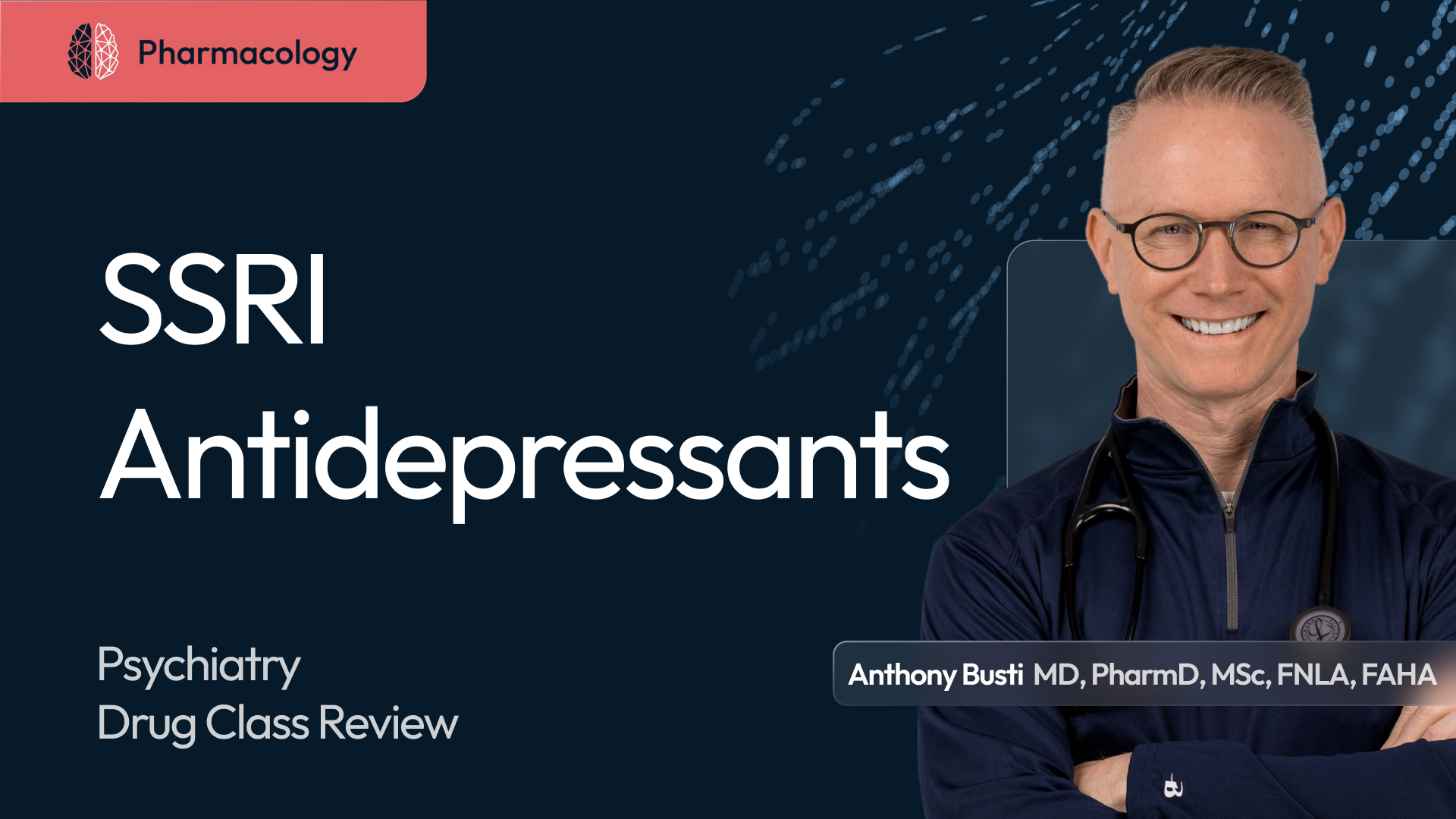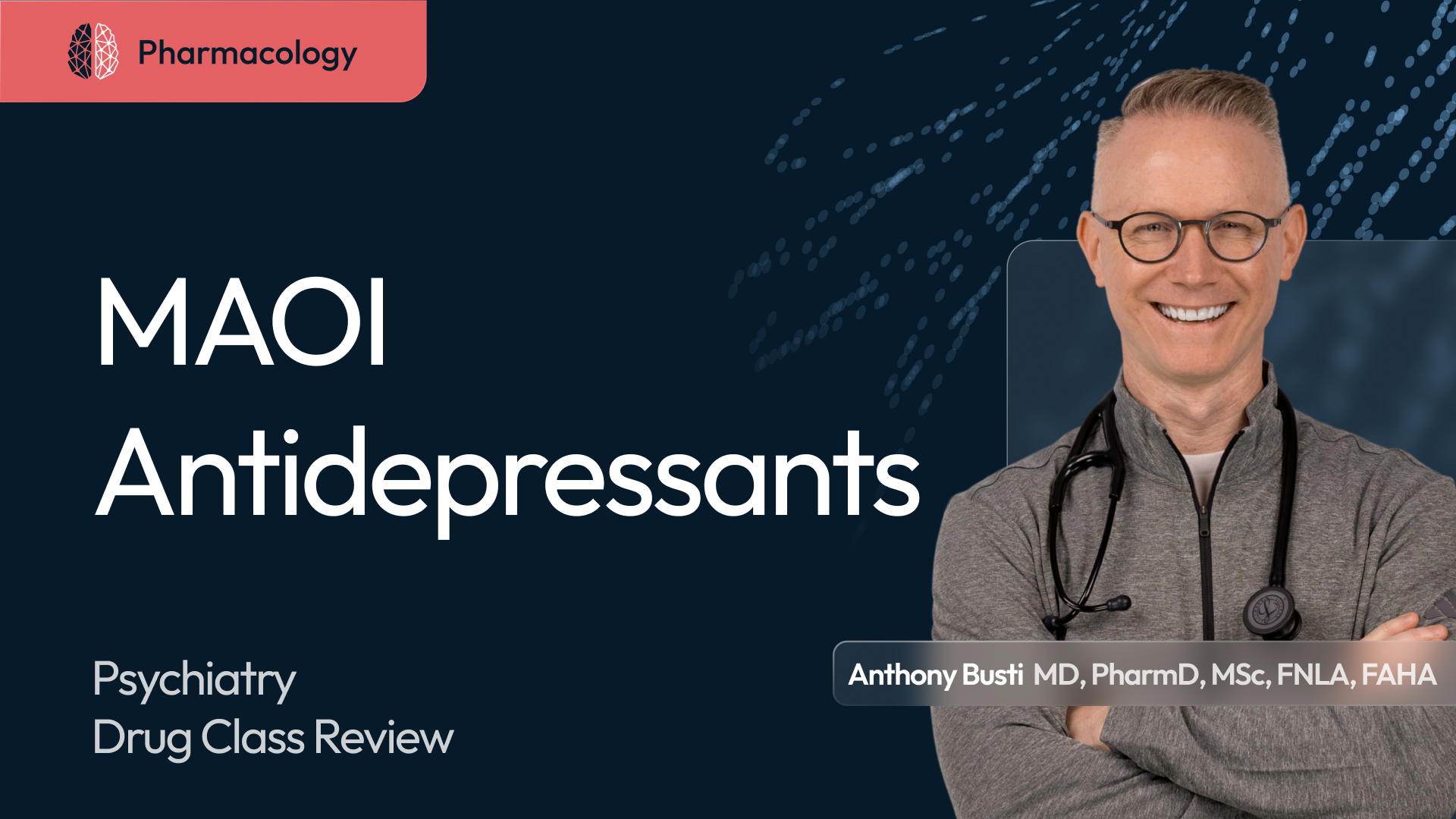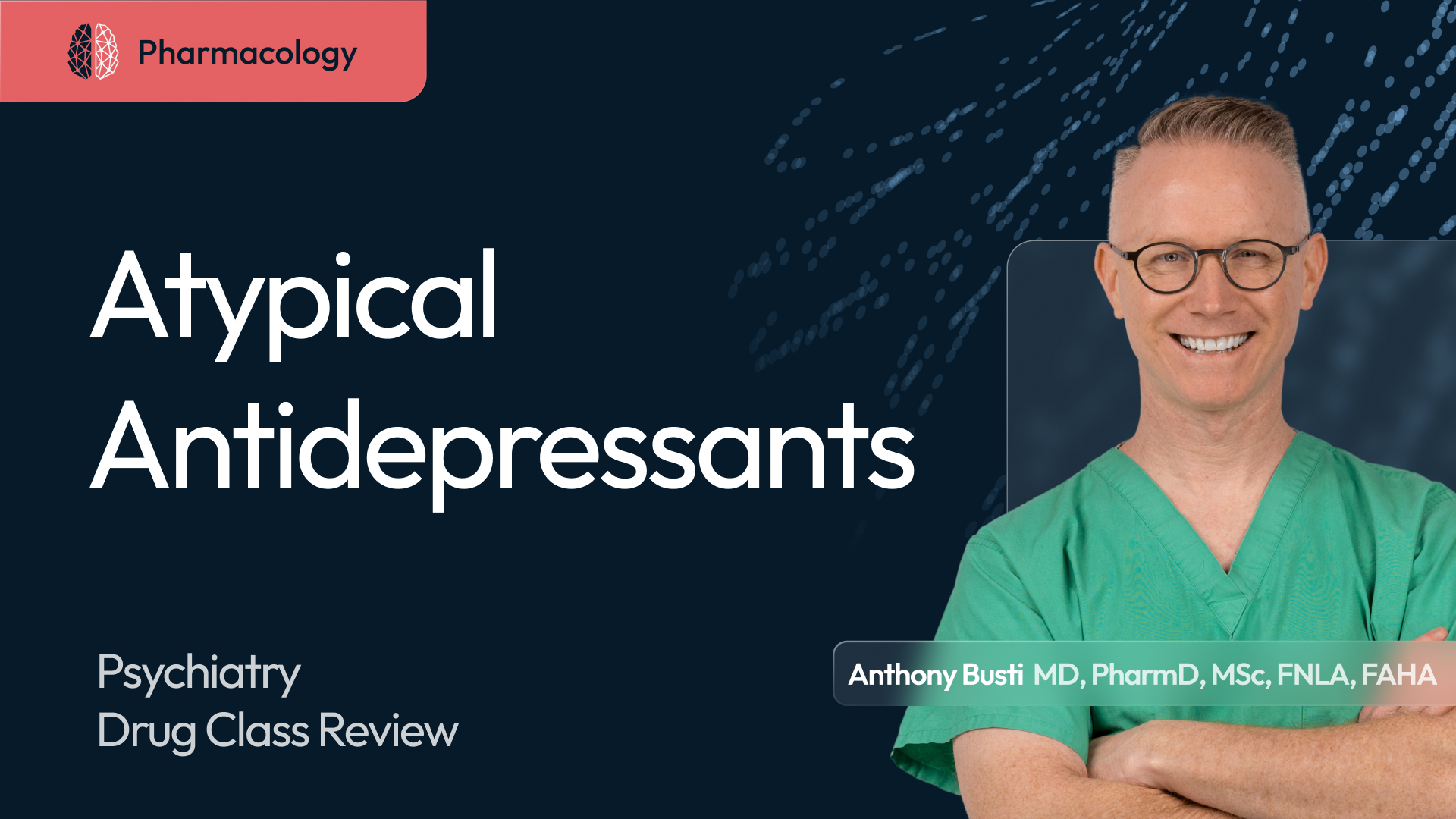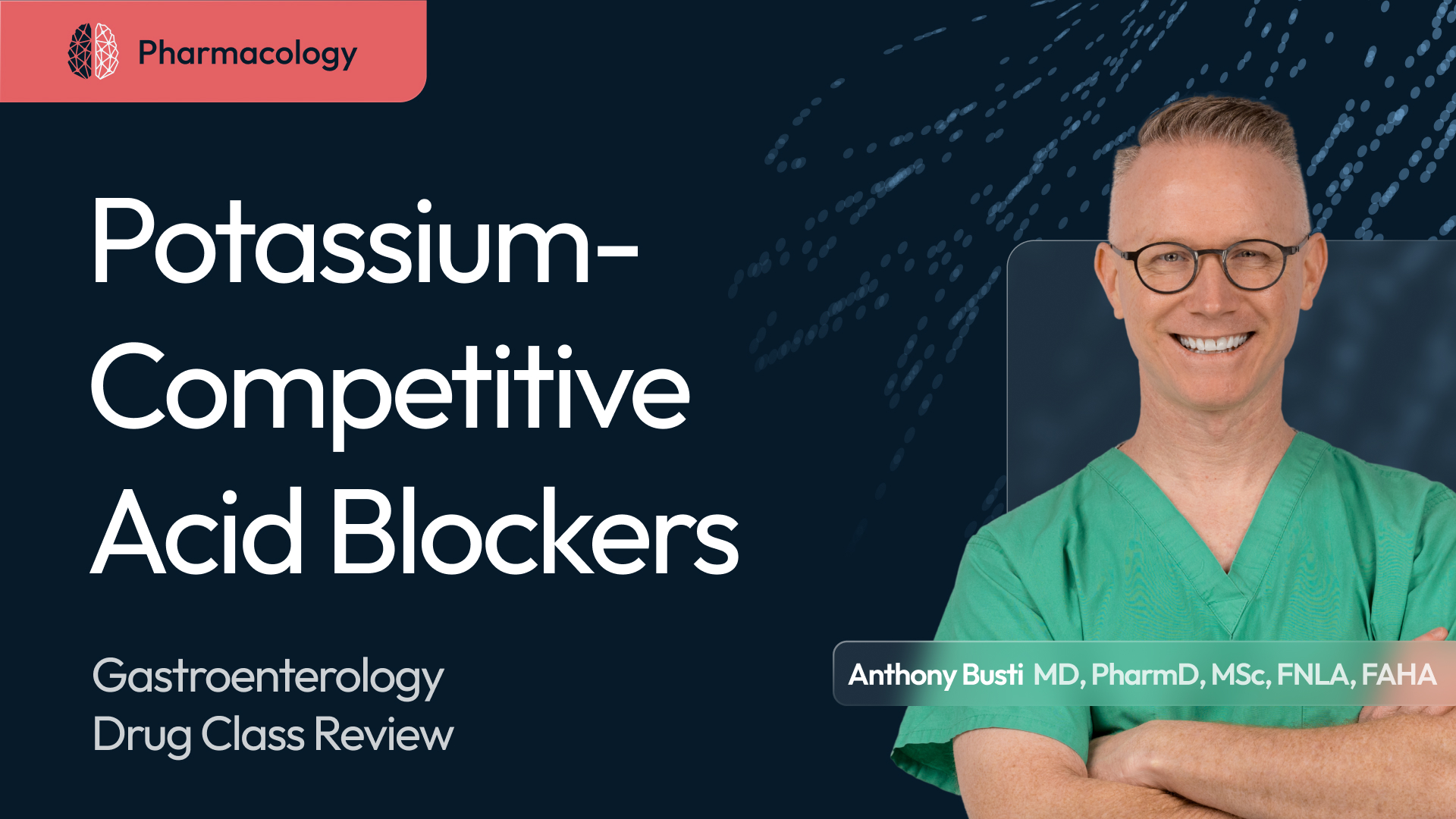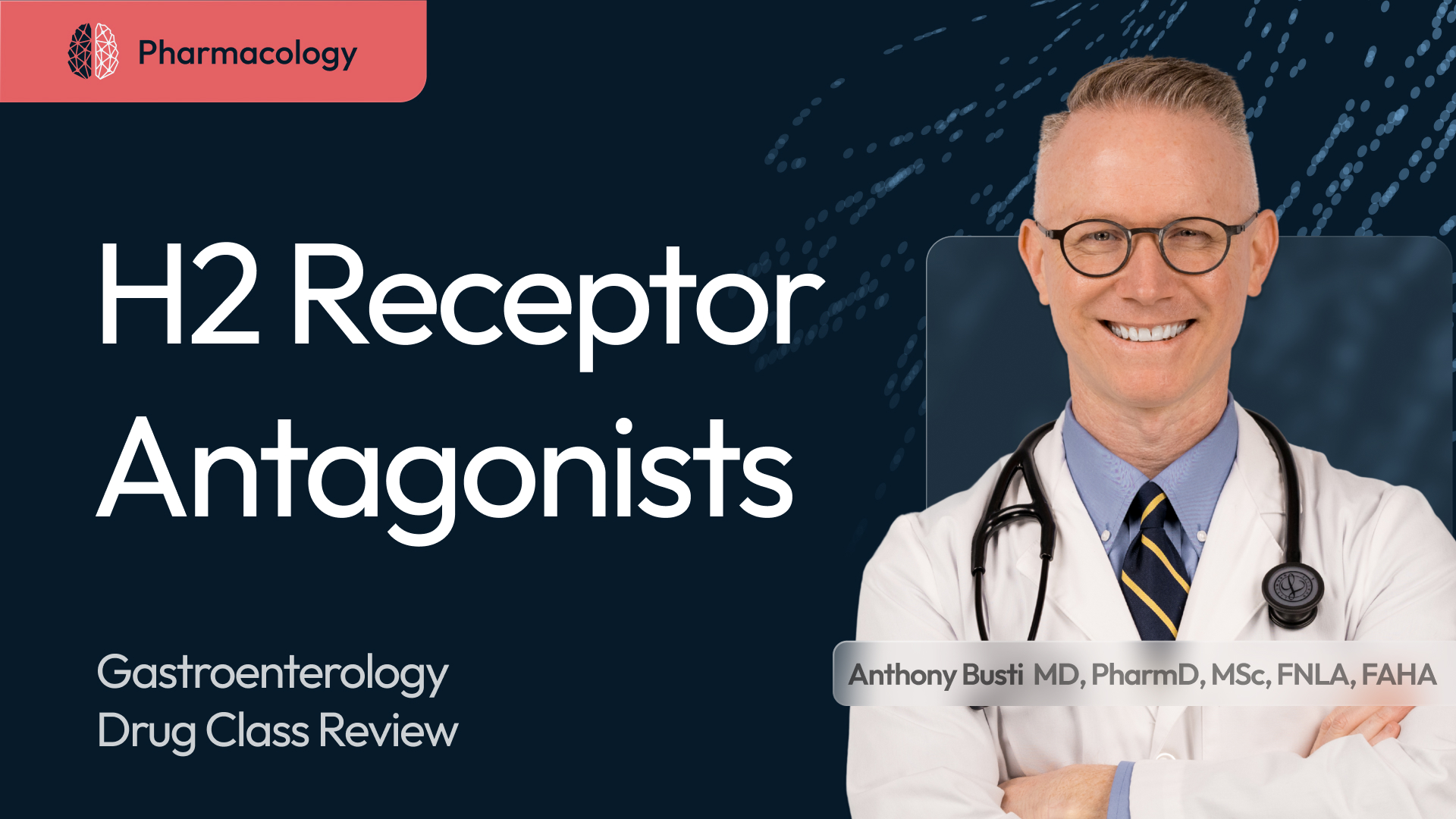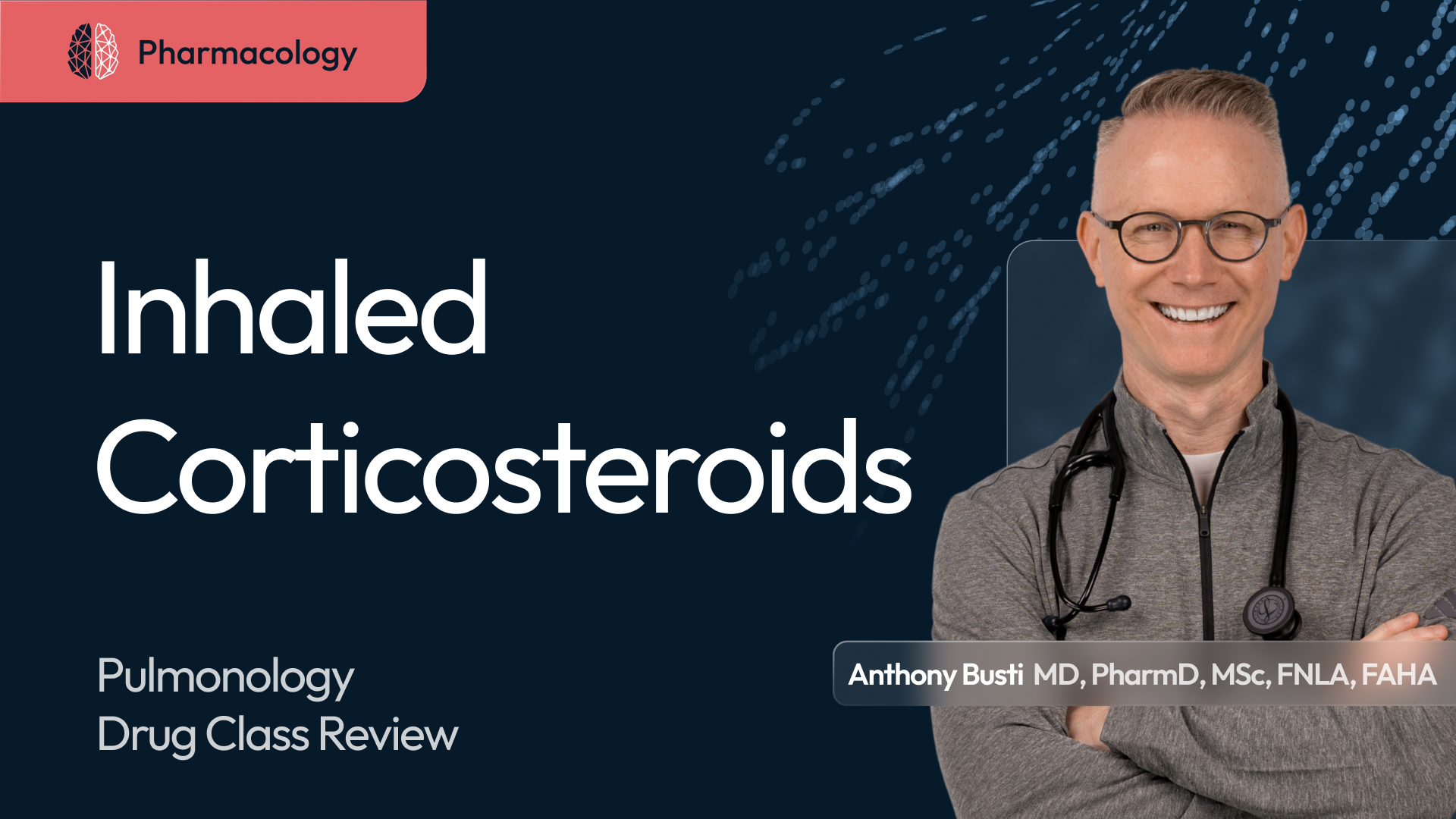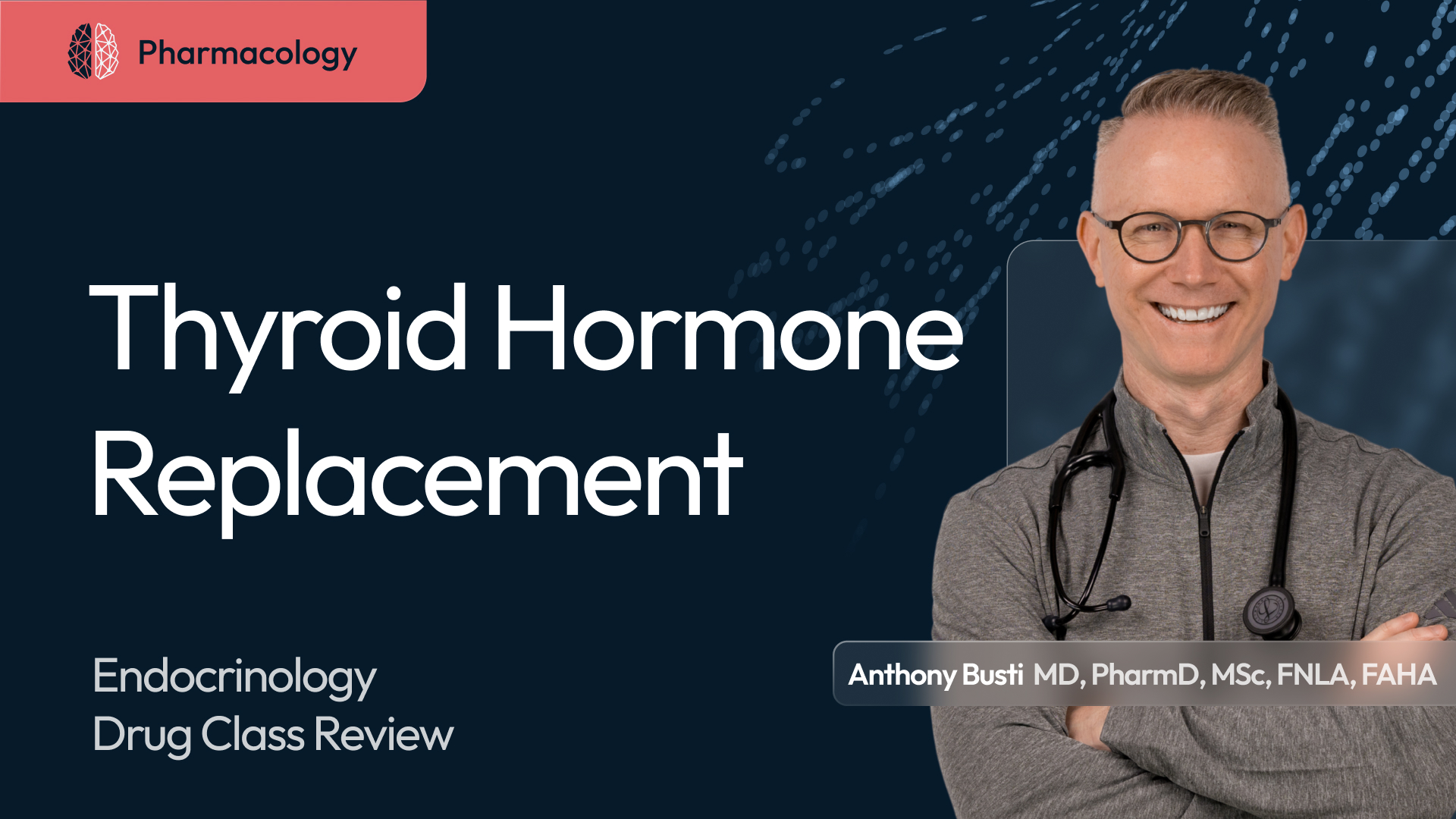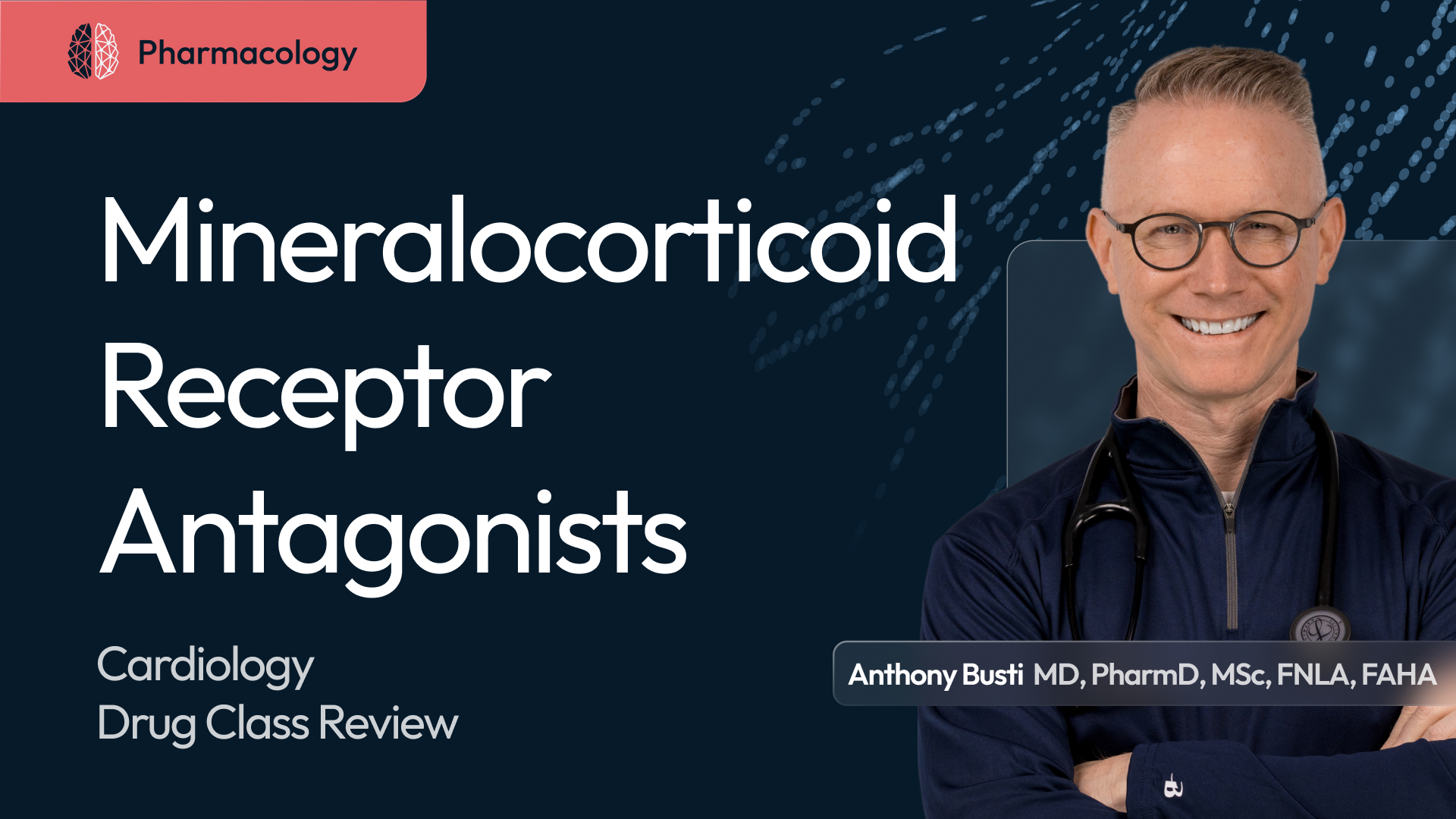TCA Antidepressants: Pharmacology Made Easy & Clinically Relevant
TCA antidepressants have historically been used for depression, but due to their safety profile, their use today extends to other indications. Their unique mechanism & safety profile make them essential for all clinicians to know. Learn to understand, so that you will know the why & remember it.

In this episode of This Is Why, we dig into TCAs—not just as legacy antidepressants, but as practical tools for neuropathic pain, migraine prophylaxis, fibromyalgia, IBS-related pain, and insomnia. We’ll connect structure (tertiary vs. secondary amines) to mechanism, side effects, and real-world choices, then tackle the big safety issue: sodium-channel blockade → QRS widening/QT prolongation, seizures, and what to do in an overdose (including why hypertonic sodium works).
What you’ll learn
- Tertiary vs. secondary amines: how a small structural change shifts serotonin vs. norepinephrine reuptake, sedation, and anticholinergic burden.
- Where TCAs fit today: depression (treatment-resistant), pain syndromes, and sleep—at very different dose ranges.
- Cardiac & CNS toxicity in overdose: EKG red flags, electrolytes that amplify risk (↓K, ↓Mg, ↓Ca, ↓Na), and evidence-based acute management.
- Key drug interactions: MAOIs (14-day rule), other QT-prolonging meds, serotonergic combinations, stimulants, and seizure-threshold–lowering agents.
- Practical monitoring & counseling: who needs baseline EKGs, when to check TCA serum levels, and how to dose gently in older adults.
Clinical pearls
- Secondary amines (e.g., nortriptyline, desipramine) = usually less sedating/anticholinergic → better daytime pain options.
- Tertiary amines (e.g., amitriptyline, doxepin) = more sedating/anticholinergic → often best at bedtime for pain + insomnia.
- Depression dosing ≫ pain/sleep dosing → higher toxicity risk; use EKG + level monitoring when you go high.
- Overdose pattern to remember: QRS widening → QT prolongation → torsades + hard-to-treat seizures; treat sodium-channel blockade with hypertonic sodium.
Disclaimer:
This content is for educational purposes only and is not intended to provide medical advice, diagnosis, or treatment. Always seek the advice of your physician or other qualified health provider with any questions you may have regarding a medical condition. Never disregard professional medical advice or delay in seeking it because of something you have heard in this content.
Chapters (YouTube Auto-TOC)
00:00 Intro & why TCAs still matter
01:10 Indications beyond depression (pain, fibromyalgia, IBS, insomnia)
02:24 TCA subgroups: tertiary vs. secondary amines
04:06 Mechanism refresher at the synapse
06:20 Structure → mechanism → side-effect patterns
08:42 Cardiac & CNS toxicity: sodium channels, QRS/QT, seizures
11:58 Overdose management & why hypertonic sodium helps
13:20 Where TCAs fit vs SSRIs/SNRIs/atypicals/MAOIs
14:48 Pharmacokinetics & metabolism (CYP overview)
16:05 Adverse effects by subgroup (anticholinergic, sedation, weight)
18:22 Warnings & contraindications (suicidality, MAOIs, cardiac risk)
20:04 Drug interactions (QT-prolongers, serotonergic meds, stimulants)
22:03 Monitoring & counseling (EKG, levels, electrolytes, geriatrics)
24:10 Key takeaways & wrap-up
More than just access—it’s where understanding deepens.
Create a free account or log in to gain access to this content!
Dive Deeper
Bonus Video (ad free)
Downloads
TCA Antidepressants Tables
Dive Deeper
Bonus Video
Downloads
TCA Antidepressants Tables








